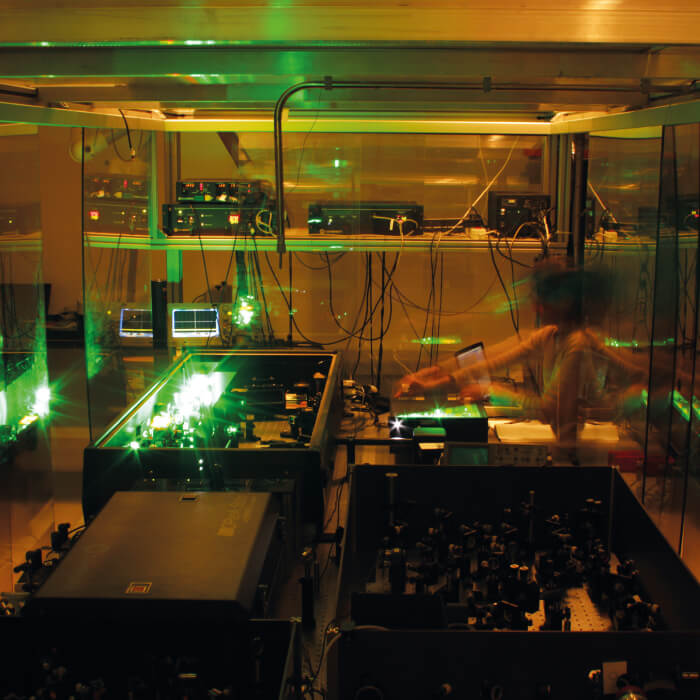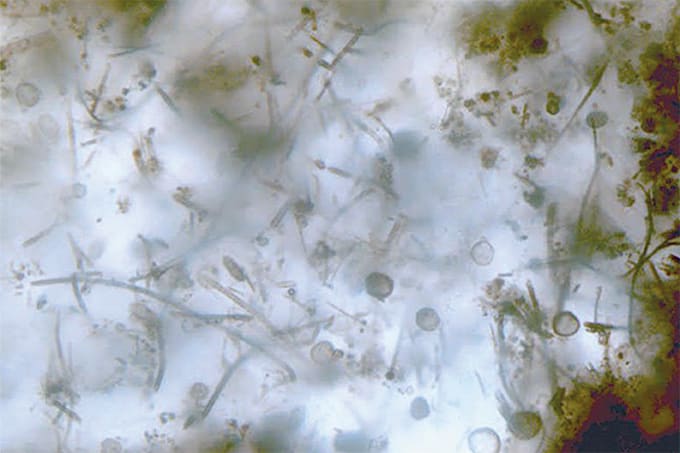"We use state-of-the art analytical techniques to develop safe and effective cleaning methods for cultural artifacts coated with Asian lacquer. Asian lacquer, made from the sap of trees in the sumac or cashew family (Anacardiaceae), is used on all sorts of objects, weapons, armor and even architecture. With a better understanding of solvent–lacquer interactions, we can propose cleaning methods that are not harmful to the object," – Jonas Veenhoven
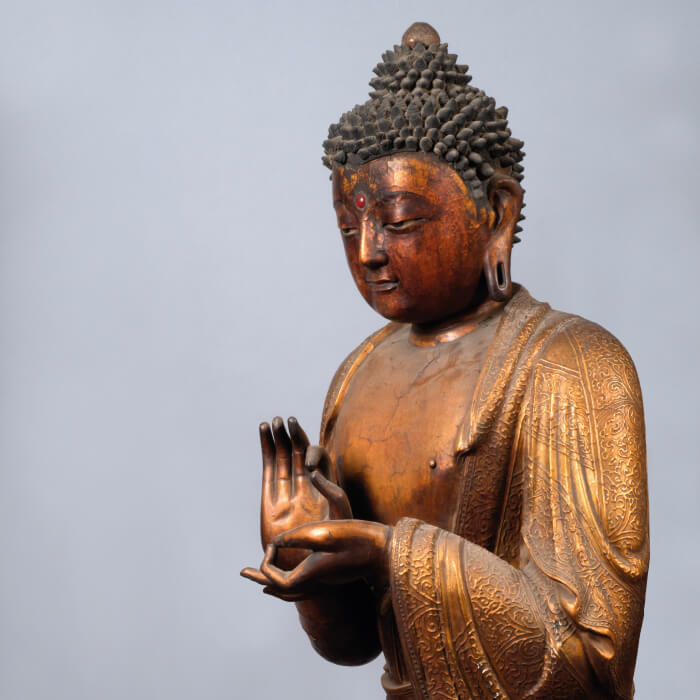
"Preserving our cultural heritage has great societal impact. Millions visit museums and historical collections every year and derive enjoyment, inspiration and education from the objects they see there. My role is to help provide the context that makes these cultural artifacts so fascinating, and preserve them for future generations. I work both at the faculty of humanities, where we teach conservators, and at the faculty of science, within the analytical chemistry group. This ensures the integration of art and science, which is key in the preservation of cultural heritage." – Maarten van Bommel
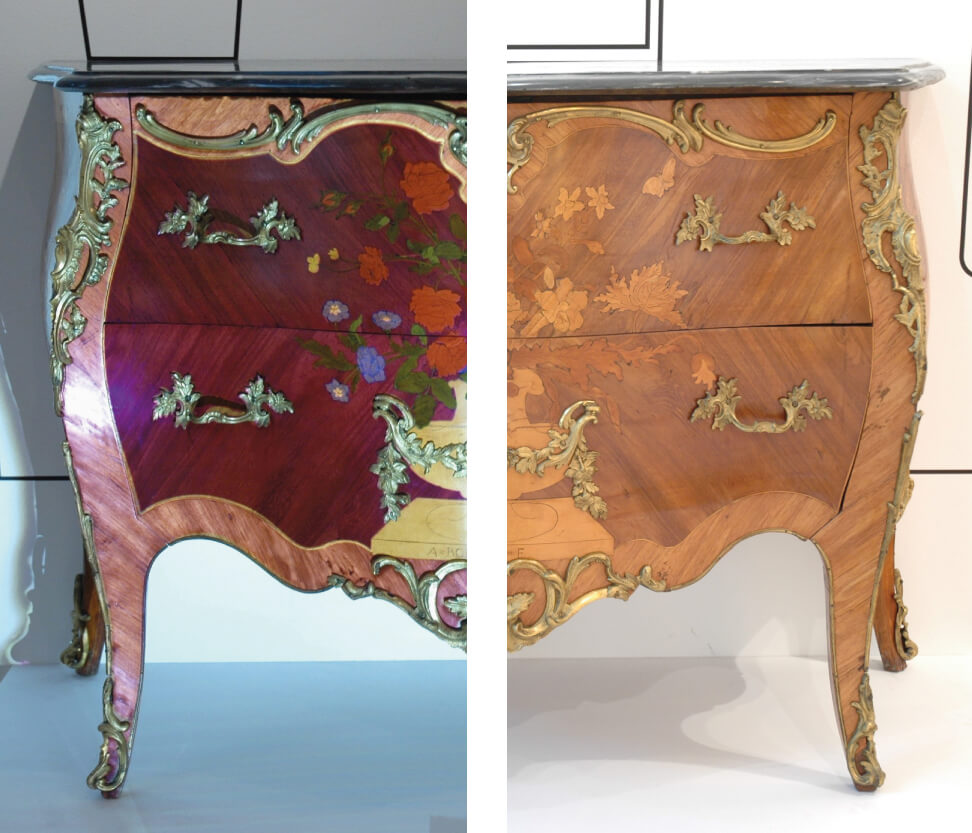
"As an analytical scientist, I believe that what the field needs most are modern and dedicated methodologies to tackle highly complex and severely degraded samples, and that is the main focus for my work. My postdoc, with Garry Corthals at the University of Amsterdam, used a new ambient MS technique called surface acoustic wave nebulization-MS (SAWN-MS) for the first time in the field of cultural heritage." – Alina Astefanei
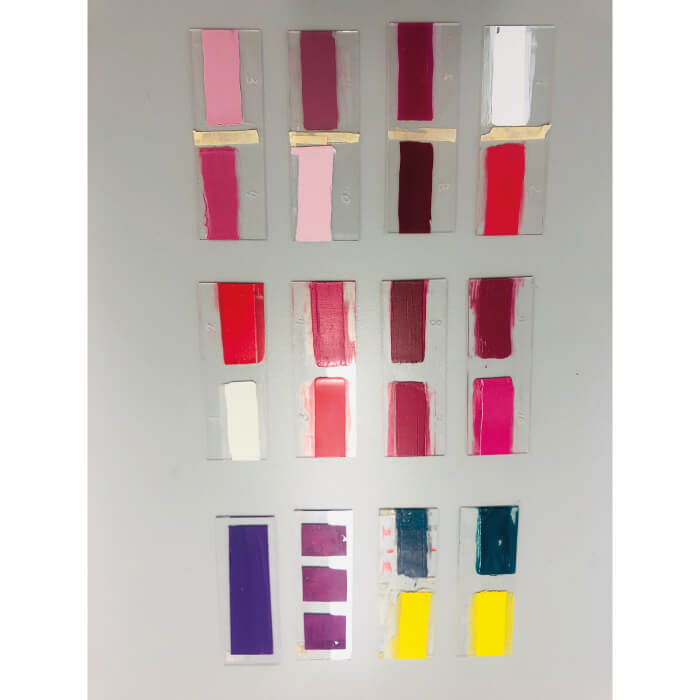
"My main expertise lies in the study of archaeological metal and textiles. Currently, I am working together with researchers Janneke van der Stok, Tonny Beentjes and Maarten van Bommel to examine precious metals after excavation. We selected several historically valuable gilded objects from a 17th century shipwreck, BZN17, which sunk near Texel, the Netherlands. One of the objects, a gilded brass oval powder box with an image of Venus and Cupid (pictured) is of special interest because we believe it may still have its original beeswax coating." – Inke Joosten
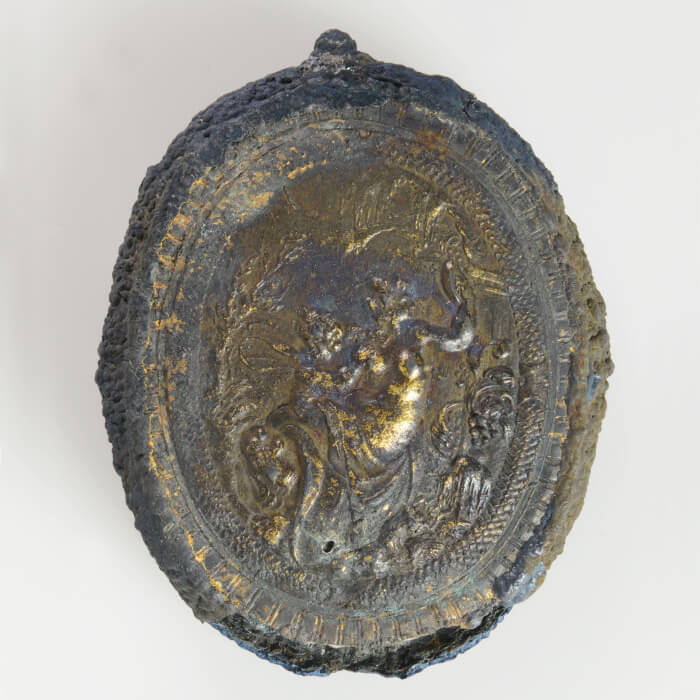
"In the last ten years, my research has focused on the chemistry and optical properties of paint surfaces and the impact of conservation measures on 20th century oil paintings. These paintings are distinctly different from the paintings of previous centuries and present a range of challenging conservation problems – in particular, the presence of new materials such as synthetic organic pigments and metal soaps." – Klaas Jan van den Berg
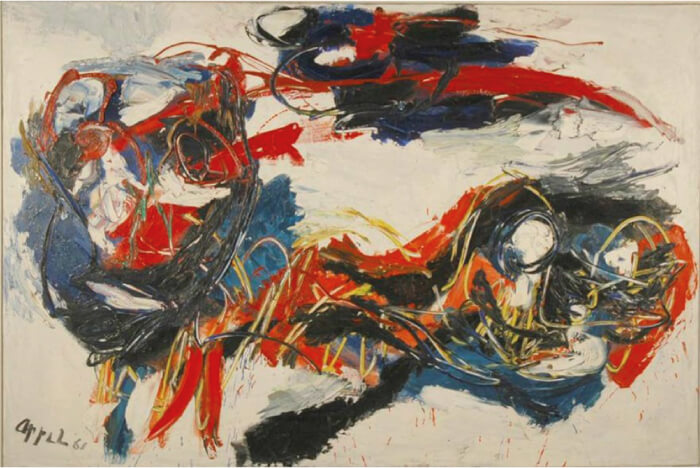
"The science department at the Rijksmuseum encompasses a large group of scientists with different specialisms. We conduct research on our collection in close collaboration with conservators, curators and (technical) art historians, with the aim of better understanding, managing and presenting the collection. At HIMS, we study fundamental chemical processes in paints. Dividing my time between the two roles means that I can function as a bridge (or translator) between the art and academic fields." – Katrien Keune
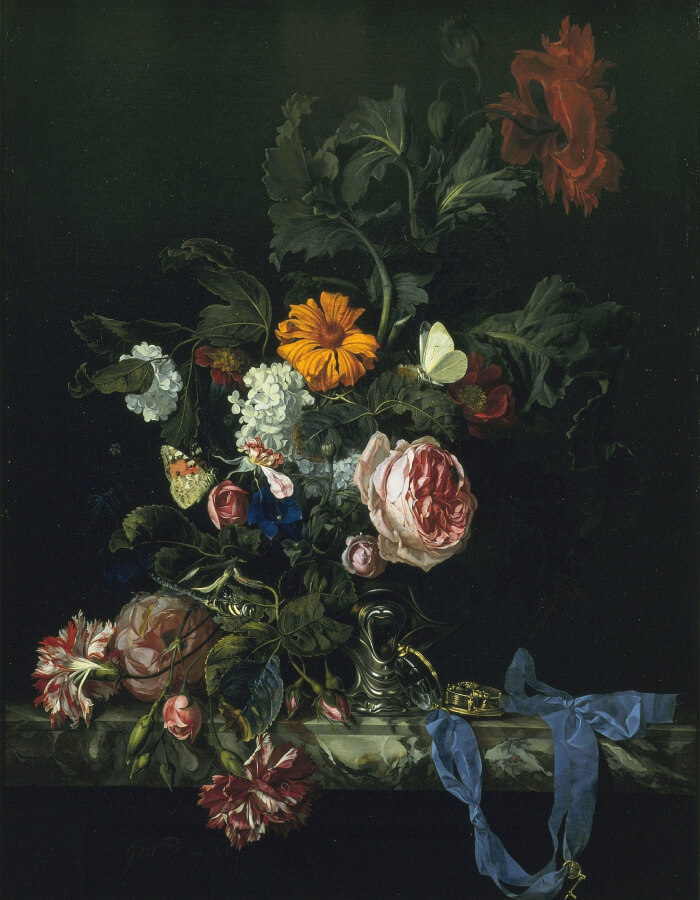
"I aim to identify unstable glass at an early stage using analytical techniques, before the damage is done. The project I am currently working on is a collaboration between three partners: the Rijksmuseum, the Corning Museum of Glass and the University of Texas at Dallas. The deterioration patterns observed in historic glass are associated with an ion-exchange process that occurs when the glass comes into contact with water." – Guus Verhaar
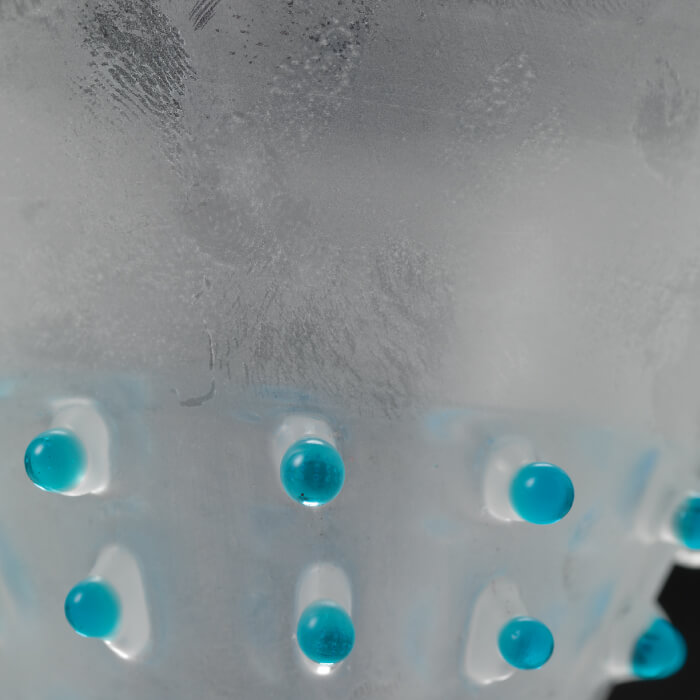
"I am trained as a chemist, and work on fundamental questions relating to oil paint degradation... I do not often carry out analysis of real artworks. Instead, I design and create model systems that mimic the molecular structure or chemical reactivity of real aged oil paint, while still being suitable for a particular type of chemical analysis." – Joen Hermans
